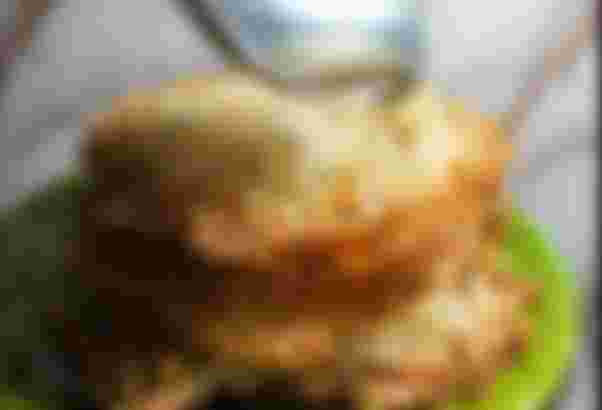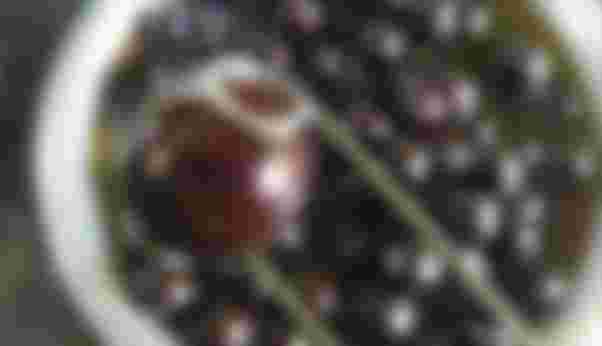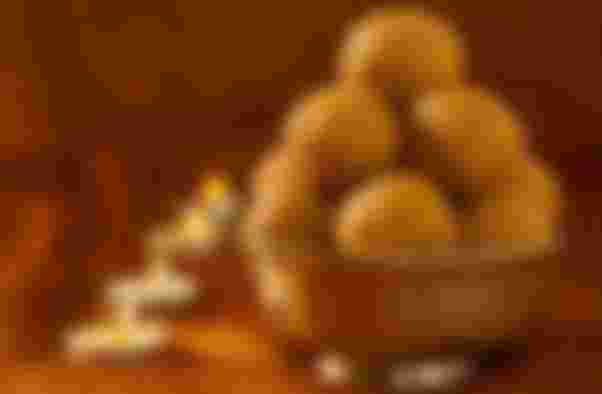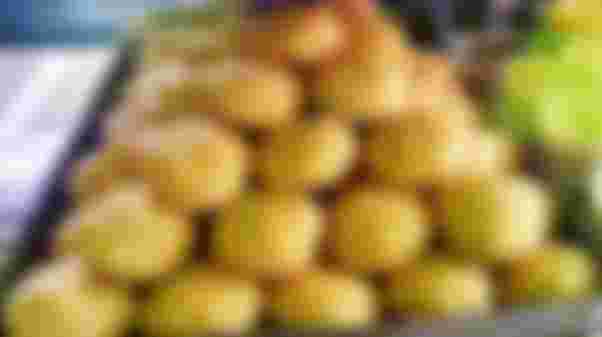
Ross Kadamba:
Raskadamba is a traditional sweet of Malda district. Inside it is a crispy rasgolla, outside it is a paste of latex and poppy seeds. This sweet is called Rasakadamba or Rasakadam because it looks like many Kadam flowers. The sweet is made with lamb, sugar, milk and poppy seeds.
During the reign of Alauddin Hussain Shah, Mahaprabhu Chaitanyadev came to Gaur Maldar Ramkeli and rested under a tree. Then the tree was full of flowers. Here he initiates Roop Sanatan. It is said that to make this event memorable, the artisans of Maldar made Raskadamba or Raskadam.
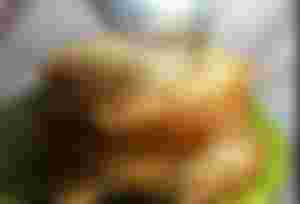
Babarsa:
Babarsa or Babarsha is a sweet in the Khirpai area of Midnapore district (now Jhargram district) in West Bengal. Babarsa is mainly made of flour, milk and ghee. It is molded and fried, then served with juice. Earlier, it was customary to eat dipped in honey.
It is known that between 1740-1750 AD, the Bargis attacked the town of Khirpai more than once. Residents began to leave the area to escape the Bargis' attack. At that time a man named Edward Babarash pushed the Bargis away. In gratitude after this incident, a local sweet merchant prepared a dish called 'Babarsa' and gave it to Edward as a gift. Since then, Babarsa has taken place in the list of favorite sweets of the people of the city.
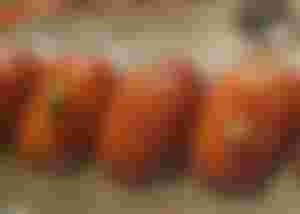
Lancha:
Everyone knows about it. Langcha of Shaktigarh in Burdwan is well known. This sweet is made with flour, lamb, khoyakshir and sugar. The Maharaja of Burdwan told a Moira that he wanted to eat a new kind of fried sweet. Then the craftsman quickly made a new kind of dessert. The new dessert is very tasty to eat. Thus the launcher is born. ঐ The name of the sweet was Lancha because the new sweet maker was Langra. Later, the Maharaja gave land to the sweet maker in Shaktigarh to set up a sweet shop. Since then, the fame of Shaktigarh's launcher has been spreading.

Chicks:
You must have heard the "baby eyes". This chickpea is the sweetness of the curry juice. It is mainly made with lamb, sugar, flour, ghee, cardamom etc. Murshidabad's famous sweet chickpeas. It originated in Lalbagh, the city of the Nawabs. The Nawabs used to greet the guests with Pellai size chanabara. The size of the sweet would make the guest's eyes water.
According to another, Maharaja Monindra Chandra Nandi of Kasimbazar wanted to give some new gifts to please the English. So he ordered his cooks to make a new kind of dessert that was not like rasgolla or pantuya. The king's craftsmen fried the lamb and made it into chickpeas. Since the chickpeas are sweetened with ghee like barabhaja, the name is chanabara.
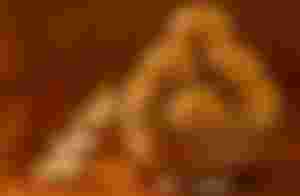
Motichur Laddu:
Laddu of Matichur in Bankura should not be forgotten. The word laddu comes from the Sanskrit word ladduka or lattika which means small ball, and the Hindi word mati means pearl. Chur means to break or crush. That means Matichur means broken powder of pearls. The laddu of Matichur is made by making bundia like small pearls and pressing them together by hand, and this is the origin of such a wonderful name. Laddu of Motichur is an ancient dessert of the Indian subcontinent, more than two thousand years old. It is thought to have originated in Bihar during the reign of Chandragupta Maurya.
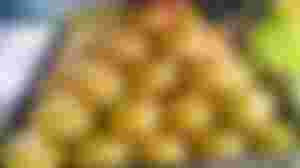
Gupo message:
This message is made only from cow's milk calves. Gupo Sandesh is a pair of round sandesh prepared from macha sandesh and pressed side by side. Gupo Sandesh is considered to be the first branded sweet in Bengal. It is said that Sandesh was born in Guptipara of Hooghly district. Later, Gupo Sandesh was made by shaping that macha sandesh. Gupo Sandesh became popular among the aristocracy of Calcutta over time. The aristocrats of Calcutta used to come to Guptipara to buy Gupo Sandesh at festivals. In the early nineteenth century, Gupo Sandesh of Panihati became very popular in Calcutta.
Going to take pictures of these sweets from Google made my mind go crazy.
Thanks for reading this article for so long.
If you like it Upvote Can give.

